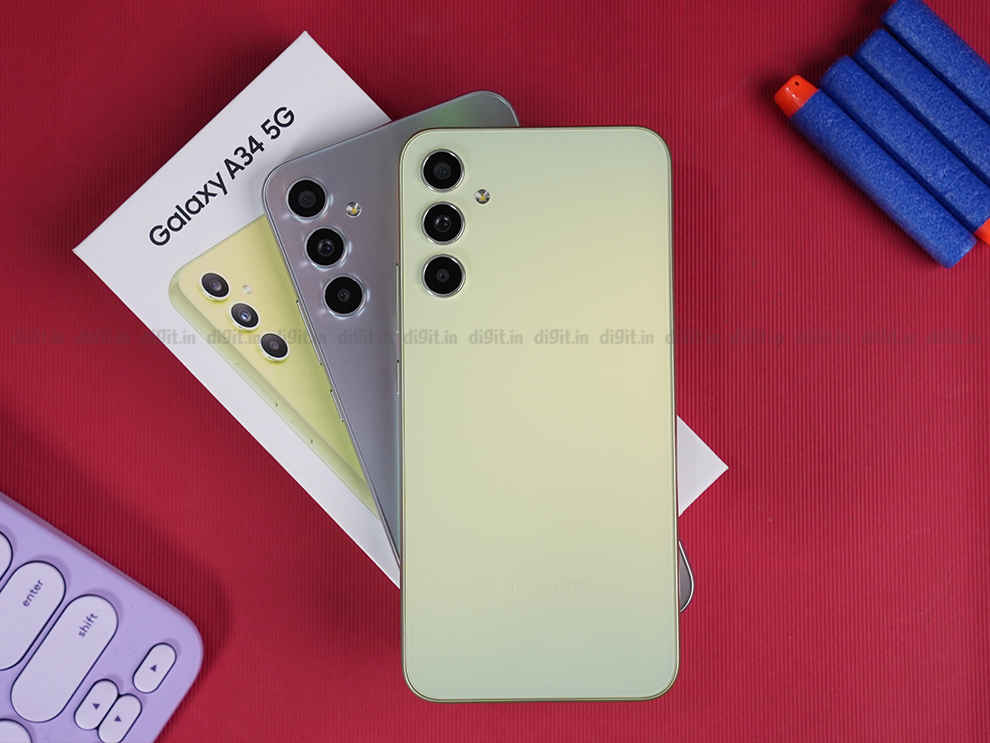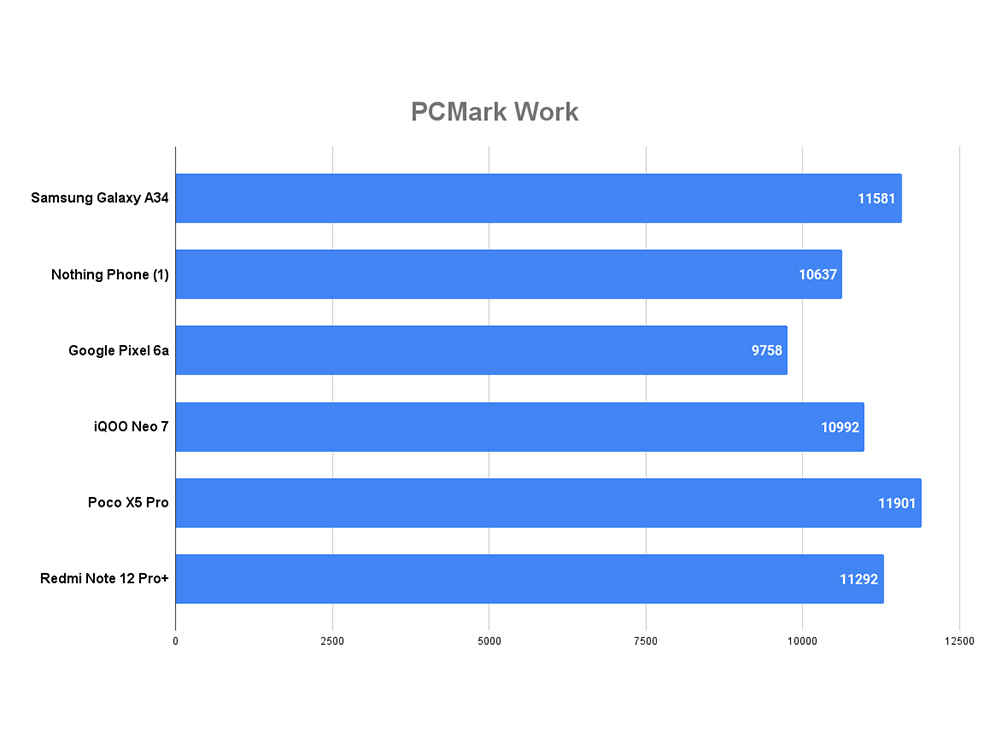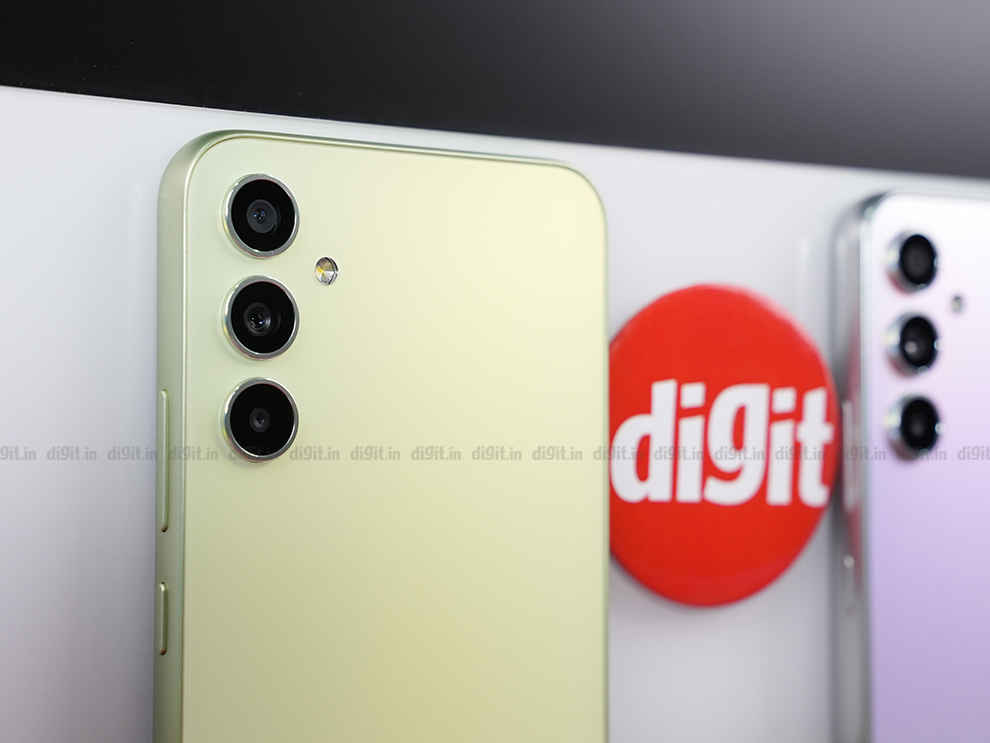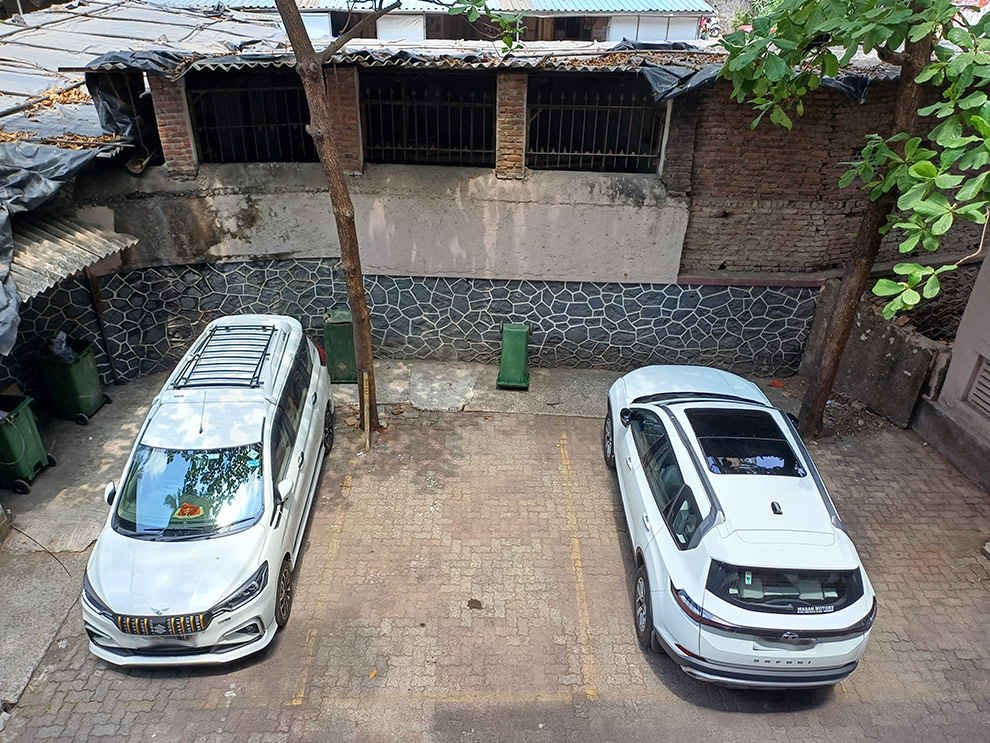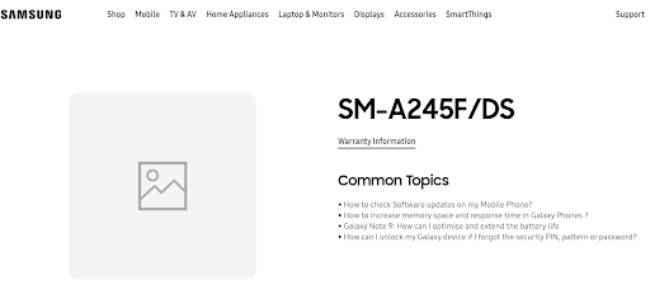The OnePlus Nord Buds 2 makes meaningful upgrades to its predecessor and is well worth its ₹3K price tag. While the sound quality has pretty much stayed the same, OnePlus has added Active Noise Cancellation on a budget, improved the battery life, and reworked the design – all of which make these earphones better bang for your buck than the OG OnePlus Nord Buds. The HeyMelody app also provides users with the option to customise and tweak their earphones’ sound and touch controls, which is always a welcome addition. The sound quality will speak volumes to bass lovers – the punchy and impactful bass response will have bass enthusiasts head-banging to tunes, however, purists and audiophiles may need to look away.
It’s been less than a year since the launch of the OnePlus Nord Buds – the company’s very first venture at a budget TWS. The earphones fared decently in our review, but there was definite room for improvement. Now, I’ve got the next-generation product for review which may bring the improvement we were looking for. The OnePlus Nord Buds 2 brings a flurry of changes and new features including a design overhaul, Active Noise Cancellation up to 25 dB, improved battery life, and more. Priced at ₹2,999, we reckon that these earbuds will sell like hotcakes, but I’m here to tell you if you ought to take the plunge. Let’s find out!
OnePlus Nord Buds 2 Review: Build, Design, and FitThe original OnePlus Nord Buds had a polarising design. The boxy charging box, the clunky earbuds – none of these screamed classy or minimalist and they were quite peculiar to look at. You either loved the design or hated it. With the OnePlus Nord Buds 2, the company seems to have toned down the idiosyncrasy of the design, replacing it with a more generally palatable look.

The glossy plastic on the case has been replaced with a more premium matte texture that resists fingerprints and looks classy. The boxy shape is now replaced with a more rounded one, which feels better in the hand, and also, in my opinion, looks better. The bottom half of the case has a galaxy-inspired design. The ‘Thunder Grey’ unit – which I got for review – features white specks on the grey surface, attempting to emulate stars in the night sky. The effect doesn’t really work though, I thought the case had a bit of lint stuck on it when we first saw the design.

Nevertheless, the case still looks infinitely more premium than its predecessor’s. The earbuds, on the other hand, largely retain the design of their predecessor. You’ve got a boxy stem and a large circular disk in the middle which houses the sensor for touch controls. The design is clunky-looking but the earbuds are exceptionally lightweight. The stem also has galaxy-inspired white specks, but they’re not very noticeable.

Thanks to the low weight of the earphones, wearing these over extended periods comes with little to no discomfort or pain. The angled nozzles of the earphones also ensure that the fit is absolutely snug. There are three sizes of silicone tips provided, and the default Medium ear tips fit my ear tips very well. Overall, these are extremely comfortable earbuds to wear and due to the IP55 dust and water resistance, you can easily use the OnePlus Nord Buds 2 as your running or gym companion.
OnePlus Nord Buds 2 Review: FeaturesThe OnePlus Nord Buds 2 pack an array of features – some punching above their price range. These earphones also add Active Noise Cancellation to the mix, a feature that was missing on the OG OnePlus Nord Buds and one that has become extremely popular with the masses. The earbuds come with a couple of OnePlus-only features such as Dolby Atmos (for selected OnePlus phone models), Dirac Audio Tuner (with the OnePlus Nord CE 3 Lite), and Fast Pairing through Oxygen OS.
However, the majority of the OnePlus Nord Buds 2’s features can be made use of by everyone, as long as they have the HeyMelody app downloaded. OnePlus users can access the features provided by this app directly in their Settings menu without the need for an app. Let’s talk about the app’s features. There are standard ones such as battery prompts and firmware updates.

And then, there are some extra features including Noise Cancellation toggles (Active Noise Cancellation, Off, and Transparency), Sound Master EQ with four EQ presets and a 6-band customisable EQ. There’s also a BassWave slider that controls the intensity of the BassWave algorithm. It dynamically boosts bass in your songs while attempting to maintain clarity.
We love that OnePlus has included a customisable EQ since it allows users to tweak the sound signature according to their preference. The BassWave slider, on the other hand, is something I didn’t get many benefits from – the sound signature largely stayed the same despite moving around the slider.

The app also comes with a Game Mode toggle that drops the latency down to 94 ms when turned on. There is a subtle difference in audio/video delay when this mode is turned on, for the better. The app also comes with the option to customise touch controls, sadly there are no volume controls though, which is very disappointing. Overall though, the app provides users with a fair number of nifty features.
The app aside, the OnePlus Nord Buds 2 comes with features such as IP55 dust and water resistance, Device Shifting (switching between two paired devices with a press of a button), Bluetooth version 5.3, and fast charging. It lacks wireless charging, multipoint connection, and on-ear detection. While the first two are excusable, on-ear detection (auto pause and play) is usually found in earphones at this price point, so it’s upsetting to see OnePlus give this nifty feature the skip.
OnePlus Nord Buds 2 Review: PerformanceThe OnePlus Nord Buds 2 feature 12.4 mm titanium drivers – like their predecessors – but the company says they’ve added an additional layer of titanium in the diaphragm that improves audio quality. The earbuds support SBC and AAC audio codecs, and the lack of high-quality audio codecs such as aptX or LDAC is disappointing, but we’ve come to expect that at this price point.
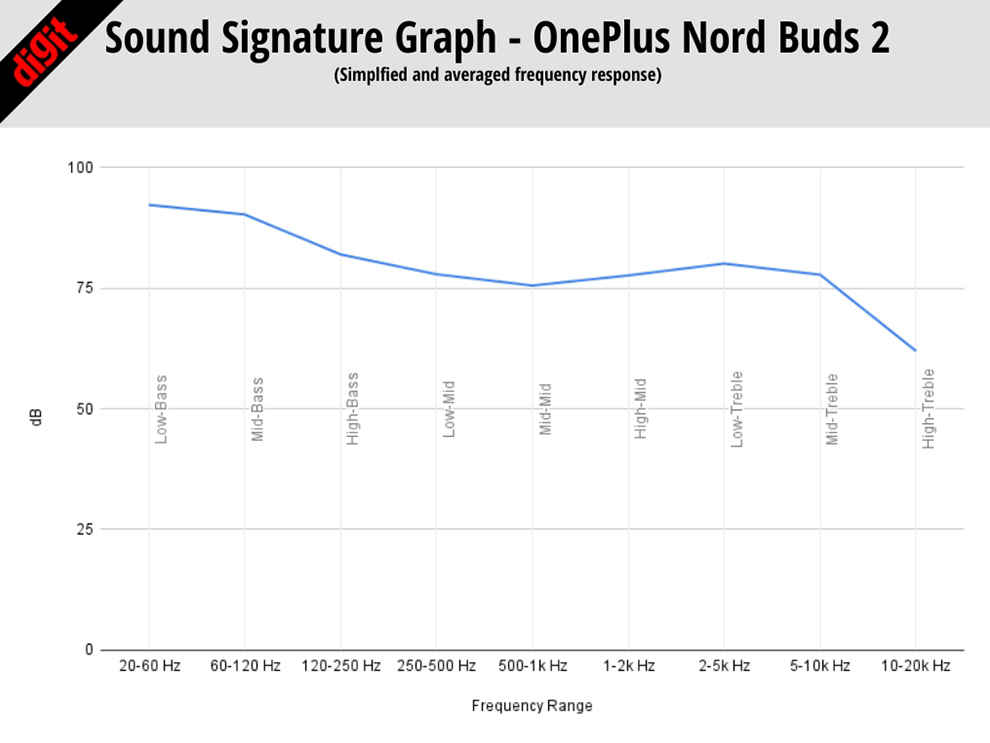
While OnePlus claims they've improved the sound quality, the sound signature of both the OG OnePlus Nord Buds and the Nord Buds 2 in our frequency testing graphs are almost indistinguishable. There are some minute variations but that much could be chalked up to the error margin. You’ve got a generic U-shaped sound signature which emphasises the bass response the most.

In tracks such as Space Ghost Coast to Coast by Glass Animals, the bass thump is extremely strong, it does sound a bit boomy at times which can be unpleasant. However, for a lot of bass lovers, this sound signature works quite well. The strong bass line sounds good when listening to genres such as pop, EDM, rap, and Bollywood.
The mid-range is pretty well-produced, there’s a spike in the 1 kHz to 2 kHz mark which continues on to the highs. This helps in a way since the boomy bass does tend to overlap with the mids but the spike in the high mids ensures that vocals aren’t suppressed to a great degree. The highs are sparkly and decently produced, however, they can sound a bit underwhelming at times due to auditory masking from the bloated bass response and the emphasised mids. In tracks such as Hotel California by The Eagles, the cymbals and hi-hats are a bit subdued in the mix. So, while these aren’t the best earphones for purists and audiophiles, they appease the audience they’re catering to – bass lovers. When compared with competitors such as the Realme Buds Air 3 and Blaupunkt Moksha, the OnePlus Nord Buds 2 are definitely more bass-biased and not as balanced sounding.
We also compared the OnePlus Nord Buds 2 with the OnePlus Nord Buds, Realme Buds Air 3, and the Blaupunkt Moksha. Here's how they fared:
[Click on the pair you want to see the comparison graph of]OnePlus Nord Buds 2 vs OnePlus Nord Buds OnePlus Nord Buds 2 vs Realme Buds Air 3 OnePlus Nord Buds 2 vs Blaunpunkt Moksha
Moving on to ANC, OnePlus promises up to 25 dB of Active Noise Cancellation. The ANC is decent for the price point. It manages to subdue the constant drone of an air conditioner with ease but finds it difficult to silence sounds such as people talking and typing on a mechanical keyboard. The Transparency Mode is decent as well, but nothing to write home about.
Something that did impress us tremendously is the wireless connectivity. Not only do the earphones connect to paired devices almost instantaneously when the case is opened but they also have excellent wireless range. The buds managed to stay connected to the source device (Samsung Galaxy S23 Ultra) even with 2-3 walls between them and a whole floor of a building vertically, which is seriously impressive. The microphone quality is also pretty decent – my voice on a call sounded pristine and clear, but the person on the other end of the call could hear most of the background noise.
OnePlus Nord Buds 2 Review: Battery lifeOnePlus devices are generally known for good battery life and speedy fast charging – the OnePlus Nord Buds 2 is no different. On a single charge, the earphones are rated to provide 5 hours of playtime with ANC turned on and a total of 27 hours with the charging case. The numbers rise considerably with ANC turned off. You get 7 hours of playback on a single charge and up to a whopping 36 hours including the charging case.

In our tests, the earphones lasted 4 hours and 32 minutes with ANC turned on, at about 50 per cent volume. With the case, you get another 4 charges with some juice left to spare. These numbers are quite impressive in this price range. Additionally, the earbuds also come with fast charge support where a quick 10-minute charge gets you 5 hours of playback time (earbuds + charging case). There’s no wireless charging though.
OnePlus Nord Buds 2 Review: VerdictThe OnePlus Nord Buds 2 makes meaningful upgrades to its predecessor and is well worth its ₹3K price tag. While the sound quality has pretty much stayed the same, OnePlus has added Active Noise Cancellation on a budget, improved the battery life, and reworked the design – all of which make these earphones better bang for your buck than the OG OnePlus Nord Buds. The HeyMelody app also provides users with the option to customise and tweak their earphones’ sound and touch controls, which is always a welcome addition. The sound quality will speak volumes to bass lovers – the punchy and impactful bass response will have bass enthusiasts head-banging to tunes, however, purists and audiophiles may need to look away. If you’re looking for a slightly more balanced sound at around the same price, the Blaupunkt Moksha BTW07 is a slightly better option to consider. For everything else, the OnePlus Nord Buds 2 wins at providing a well-rounded and fun experience!
from Mobile Phones Reviews https://ift.tt/a93mDoh





















